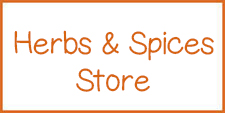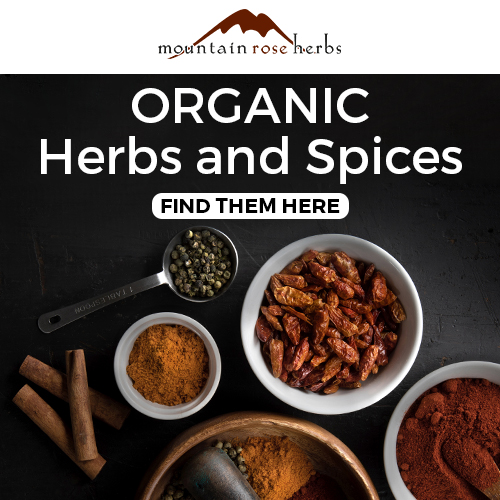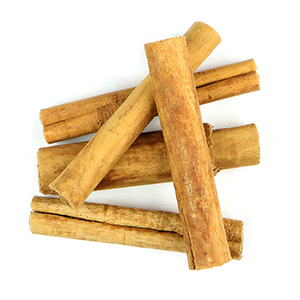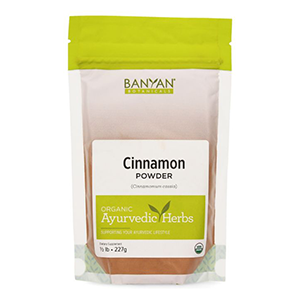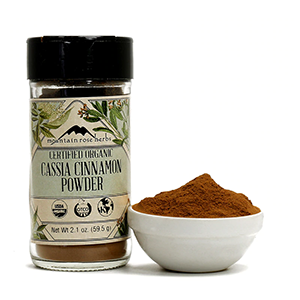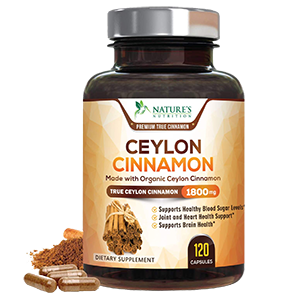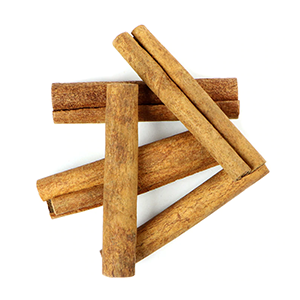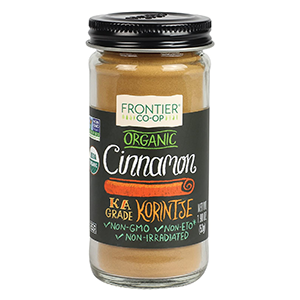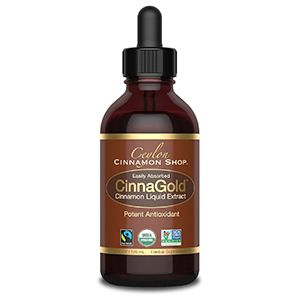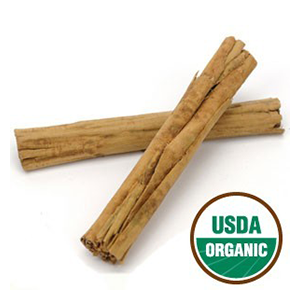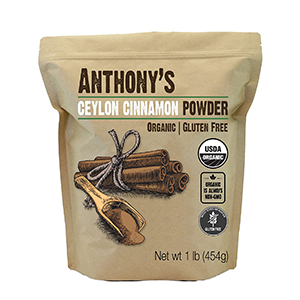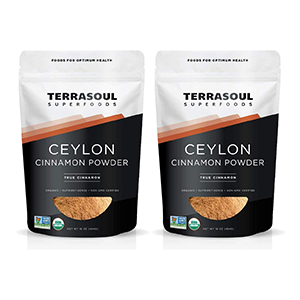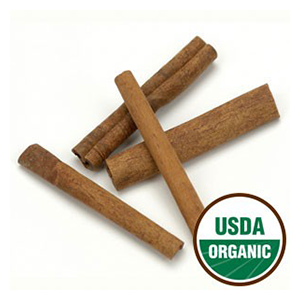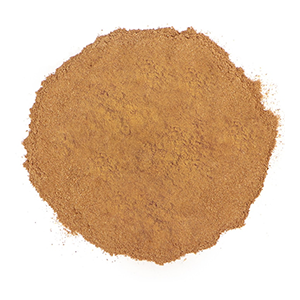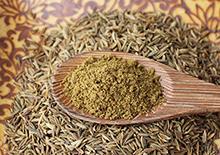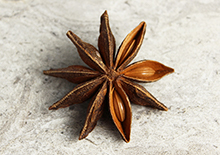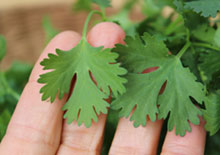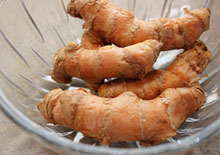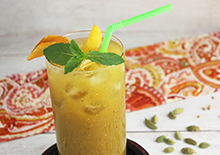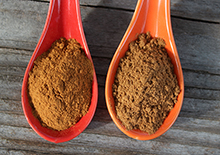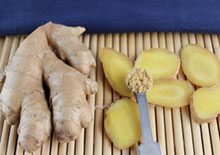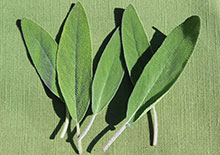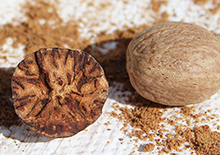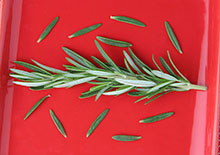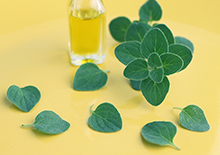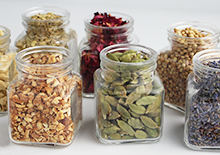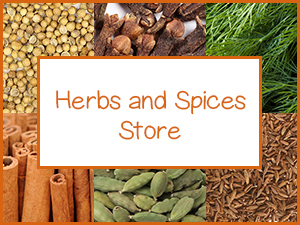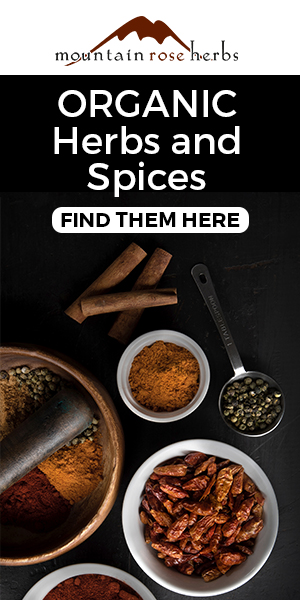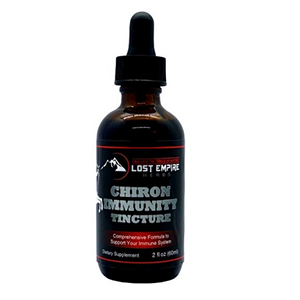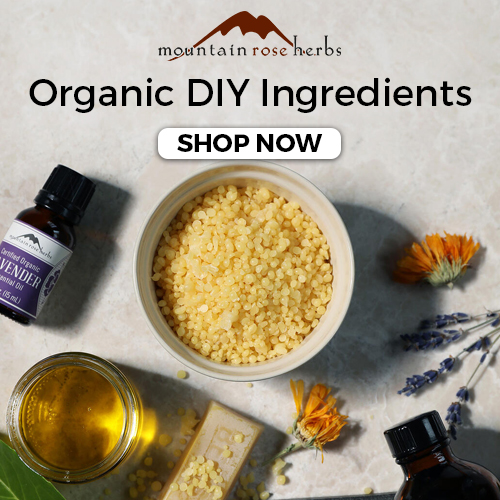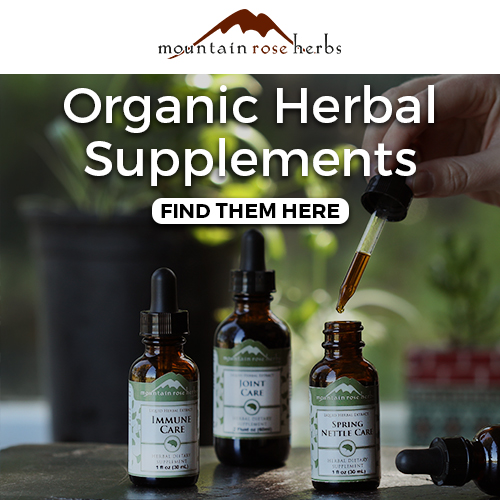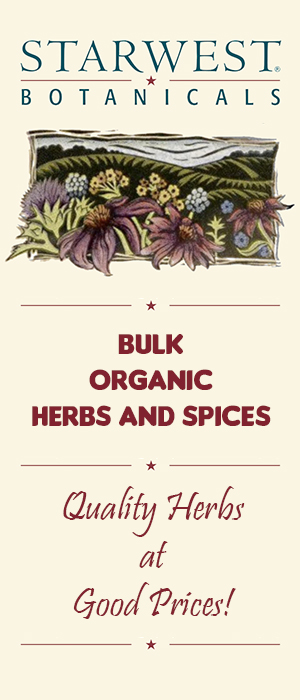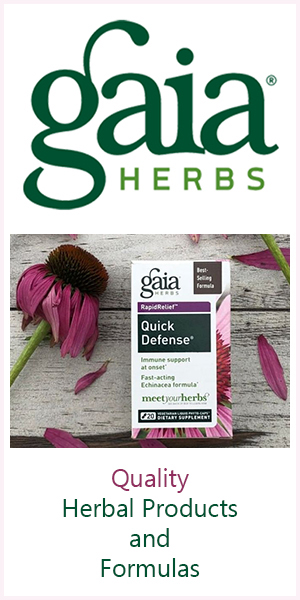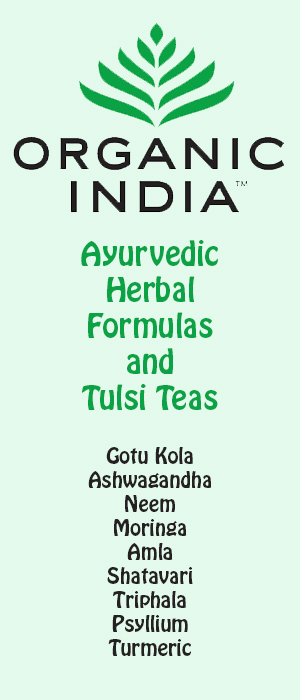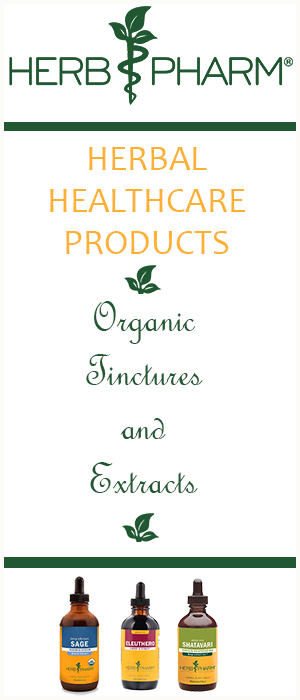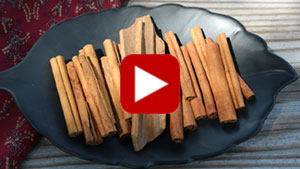- Home
- Herbs and Spices
- Health Benefits of Cinnamon
Health Benefits of Cinnamon from An Herbal Perspective
Intro | What is Cinnamon? | Health Benefits | About Coumarin Content | Forms of Cinnamon | How to Use | Precautions | Shop
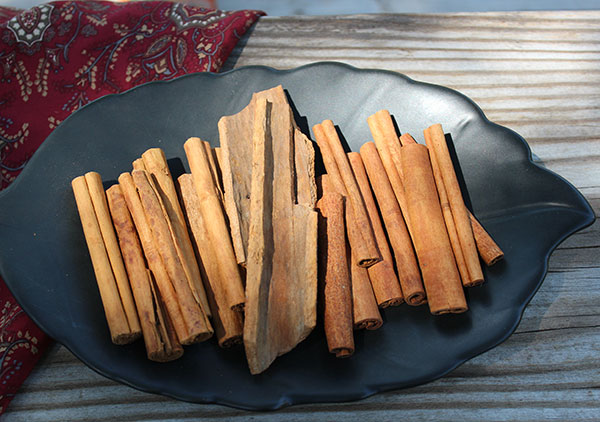
Cinnamon is a spice derived from the inner bark of several species of cinnamon trees in the genus Cinnamomum. The two most common varieties are Cassia and Ceylon.
While they offer different chemical constituents, both types are considered valuable herbal substances known for their unique flavor, warming qualities and uplifting fragrance.
The characteristic flavor and fragrant smell of cinnamon comes from one of the main essential oils found in the bark called CINNAMALDEHYDE.
This is one of the primary active components responsible for many of its actions as a circulatory aid, anti-inflammatory and potent antibacterial compound.
What is Cinnamon?
Table of Contents
Intro | What is Cinnamon? | Health Benefits | About Coumarin Content | Forms of Cinnamon | How to Use | Precautions | Shop
Cinnamon trees grow in tropical and subtropical climate zones and are indigenous to regions of China, Indonesia and Sri Lanka. The spice was consequently one of the first commodities exchanged along historic spice trade routes and distributed among civilizations of Asia, Northeast Africa and Europe.
Cinnamon powder comes from the bark of several species of low-growing evergreen trees in the genus Cinnamomum, all of which are members of the large Lauraceae family of plants, distantly related to species like sassafras, camphor, bay and avocado.
The name Cinnamomum comes from the Greek word 'kinnamon' which means "sweet wood." The inner bark is the most frequently utilized resource extracted from the trunk or shoots of the tree. However, the leaves, twigs and blossoms are also useful as they contain similar aromatic oils and medicinal compounds.
Cinnamon is harvested in strips using several different methods. One Ceylon procedure involves cutting down the trunk or shoot, dividing it into logs, removing the outer bark and slicing strips from the inner bark layer, located just underneath the exterior bark surface.
Another way to harvest cassia varieties entails extracting large pieces of the bark, similar to eucommia bark harvesting. This allows the tree to continue to produce future bark layers, but will eventually destroy the tree.
Cinnamon tree cultivation is somewhat sustainable, as the trees grow back rapidly when cut. This is because after the root system of the tree is established, new shoots will easily propagate from the trunk base and grow new cinnamon trees quite rapidly in tropical climates. There is, in fact, some evidence of cultivated root systems dating back to historic civilizations of the spice trade.
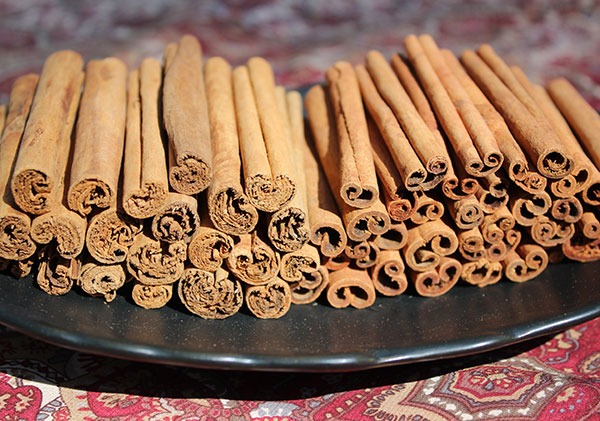
Cinnamon sticks are layers of stripped bark. These strips naturally curl when dried, rolling up into a tight tubular form known as a "quill" or the common cinnamon stick.
The woody strips collected are a light pink-cream color and darken as they oxidize, rapidly developing a red-brown pigment. Chinese cinnamon is often harvested with the exterior bark attached and sold in thick large pieces rather than curled up sticks.
The main species produced for commercial use include Cinnamomum burmannii, Cinnamomum cassia and Cinnamomum verum. Cinnamomum verum, also called Ceylon cinnamon, is often considered to be "true cinnamon" however this is because "verum" means "true" in Latin, NOT because cassia types aren't "real" cinnamon.
Most cinnamon in international trade is derived from
the related "cassia" species. Ceylon is less popular and sometimes
harder to find than cassia, with Indonesian Cinnamomum burmannii being the predominant cinnamon retailed to the worldwide market.
Chinese cassia twig, called Gui Zhi, is also frequently used and sold as "cinnamon twigs" or "cassia twigs." These types are typically available in slices as they are not extracted from the inner bark but from the smaller tree branches. Classified under the Latin name Ramulus Cinnamomi, cinnamon twig is a very common ingredient in Chinese tonic herbal blends and patent formulas.
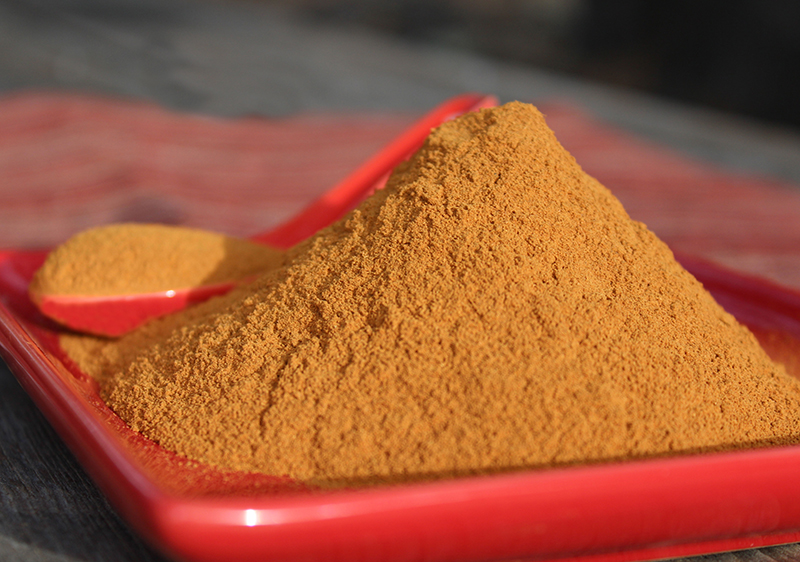
Health Benefits of Cinnamon
1) A Natural Herbal Energizer
2) Use in Ayurvedic Therapies
3) Use in Chinese Herbalism
4) Antioxidant, Antibacterial and Antiviral
5) Helps Blood Sugar and Cholesterol
6) Cinnamon for Neurological Disorders
A Natural Herbal Energizer
Cinnamon is one of the natural non-caffeinated herbal stimulants in the same category as other herbs and spices, like cloves, ginger, cardamom and coriander.
A cup of cinnamon tea can offer a nice mid-day "pick-me-up" for preventing fatigue, boosting the mood, increasing mental alertness and liveliness or what some herbalists like to call "the inner tingle."
Cinnamon is widely incorporated into many tea formulations for its energizing effects and activating influence on other herbal roots, barks, leaves and berries.
The stimulating qualities of powders, twigs, chips, pieces and sticks, when added to herbal preparations, essentially act as catalysts for the transport of the primary and supportive herbs, assisting in their assimilation.
Use in Ayurvedic Therapies
Known in Sanskrit as "tvak" (which means "skin") and in Hindi as "dalchini", cinnamon has a long history of use in Ayurvedic herbal therapies. Again, it's hot and penetrating qualities are typically used for dispersing cold and stagnant conditions.
Cinnamon is an appropriate Ayurvedic herb for both Vata and Kapha body types or doshas, but not those with excess Pitta (heat) unless balanced with other cooling herbs or foods. Tvak is a multipurpose medicinal bark that primarily supports digestive, respiratory and circulatory functions.
Cinnamon's warming qualities are complemented by its somewhat demulcent nature which is soothing to dry conditions and healing to the gastrointestinal tract. When consumed as a tea, this attribute is known to coat and soothe the throat as well as help expectorate any thick mucus that may adhere to bronchial passages.
This demulcent ("goopy") characteristic
becomes quite evident when you infuse the cinnamon powder directly in
hot water. The tea will, after a few minutes, form a thick mucilaginous
clump on the bottom of your teacup.
Using cinnamon as a tea
or spice seasoning can help increase digestive fire, stimulate the
appetite, alleviate indigestion as well as PMS, bloating and flatulence.
Indonesian cinnamon is widely consumed in East Indian cuisine in curries, as a component of garam masala, and in chai tea blends.
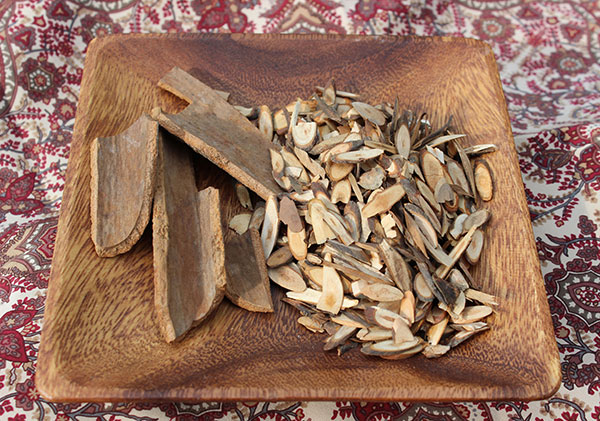 Chinese Cinnamon and Twig
Chinese Cinnamon and TwigUse in Chinese Herbalism
Chinese cinnamon,
Cinnamomum cassia (C. aromaticum), is native to China where it has been
used extensively as an herbal ingredient in many patent and tonic
formulations. Cinnamon bark and twig is regarded as a Yang tonic,
especially relevant to kidney Yang. Yang herbs invigorate Jing essence
and are rejuvenating to the reproductive system and help to clear cold
damp conditions.
Also called Rou Gui, its hot energy and sweet
pungent taste promotes good circulation, "allowing for Chi to freely
circulate." Its warming attributes strengthen kidney Yang and is
likewise considered a mild sexual tonic, commonly used with other libido
enhancing herbs like ginseng, schizandra, cordyceps, tongkat ali and cistanche.
Cinnamon has an upward-moving dynamic that helps to relieve tension and diffuses blocked energy in the upper body, particularly the shoulder and neck region. It is also known to be helpful for improving skin quality and clearing the face of blemishes.
Drinking cinnamon tea is considered a supportive herbal adjunct for the elderly when experiencing cold or dampness. It is especially known to warm the extremities and provide analgesic actions that can help relieve arthritis in the joints.
Antioxidant, Antibacterial and Antiviral Properties
Many of cinnamon bark's unique health-enhancing features come from its volatile oil content and the main active compounds namely cinnamaldehyde, cinnamyl acetate, cinnamic acid, eugenol and cinnamyl alcohol.
These compounds support the use of cinnamon for improving antioxidant levels and inhibiting bacterial, viral and fungal infections. Cinnamaldehyde, also called cinnamic aldehyde, makes up the greatest percentage of total oil content in the bark and, along with eugenol, is one of the main active antibacterial components.
In one 2016 published study, it was shown that cinnamon can potentially increase enzymatic antioxidants, observing that "administration of cinnamon to diabetic patients for 12 weeks resulted in significant elevation of superoxide dismutase level" and was also demonstrated to "increase the level of serum glutathione."
In a comprehensive 2015 review,
analyzing the scientific data accumulated over the previous 5 years
regarding the antibacterial properties of cinnamon and the active
compounds, it was suggested that cinnamon might foster the recovery from
bacterial infections.
Cinnamon extracts have likewise been
shown to be helpful for intestinal candida overgrowth and the barks can
be ingested as cinnamon tea or as a powdered spice for such conditions.
In one study
published in 2015, it was "considered as a potential candidate for in
vivo and clinical studies against various H. pylori related gastric
pathogenic processes." (*)
A commonly used herbal extract in the cosmetic and pharmaceutical industries, cinnamon helps to increase the shelf life and microbial safety of skin and food products. Cinnamaldehyde is also utilized as a natural fungicide applied in alternative agriculture because of its low toxicity levels compared to synthetic alternatives.
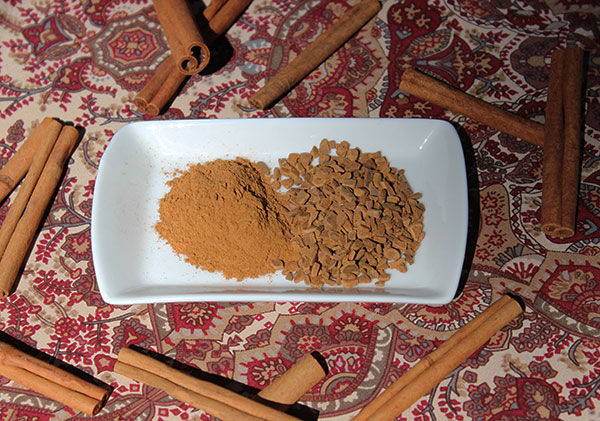
Helps Control Blood Sugar and Cholesterol Levels
Cinnamon powders, teas and dietary supplements are very popular for their effects at regulating blood sugar, improving insulin response and lowering serum lipids. They have thus been well-studied as dietary adjuncts for those with type 2 diabetes and cardiovascular disease.
Valued as a common East Indian culinary spice, some research indicates that cinnamon helps to reduce blood sugar spikes by slowing the digestion of foods in the stomach.
The phytochemical constituents in cinnamon have been specifically shown to prevent the development of insulin resistance and improve insulin sensitivity and glucose transport.
In a review published in the Journal of Diabetes Science and Technology it was concluded, "In summary, cinnamon and components of cinnamon have been shown to have beneficial effects on essentially all of the factors associated with metabolic syndrome, including insulin sensitivity, glucose, lipids, antioxidants, inflammation, blood pressure, and body weight." (*)
In a review
documented in the journal Complementary & Alternative Medicine,
analyzing studies on Ceylon or "true cinnamon", it stated that "The
available in-vitro and in-vivo evidence suggests that CZ [Cinnamomum zeylanicum]
has anti-microbial, anti-parasitic, anti-oxidant and free radical
scavenging properties. In addition, CZ seems to lower blood glucose,
serum cholesterol and blood pressure, suggesting beneficial
cardiovascular effects."
It is also recognized, however, that
there is a varying degree of possible influences which may be largely
dependent on unique health conditions, intake of prescribed drugs as
well as type, duration and amount of cinnamon dosage. This is evidenced
by some studies revealing contrasting results when using cinnamon as a
dietary supplement, showing little to no change, especially on diabetic
patients observed.
Although using cinnamon as a tea or spice ingredient, along with a regular exercise routine and a health-promoting diet, might be of benefit to those with type 2 diabetes and related conditions, it is best to consult your medical physician especially if you are taking prescription medications, have major health issues or are diabetic.
Health Benefits of Cinnamon for Neurological Disorders
In some scientific research, cinnamon with its anti-inflammatory activities and proanthocyanidin compounds has been reported to offer health benefits to those with neurological disorders and impaired cognitive functions.
Proanthocyanidin phenols have been shown in studies to inhibit glycation offering protective effects for not only those with diabetes but also Alzheimer's disease, now often referred to as "type 3 diabetes."
Also, in the publication entitled "Cinnamon: A Multifaceted Medicinal Plant" it was stated that "A natural compound isolated from cinnamon extract significantly reduces the formation of toxic ß-amyloid polypeptide oligomers and prevents its toxicity on neuronal pheochromocytoma cells." (*)
About Cinnamon and Coumarin Content
There is some debate about the toxicity of cassia cinnamon because of its higher amounts of coumarin content, which can potentially cause damage to the liver when used over an extended period of time.
For more on coumarin visit our Cassia Vs Cinnamon page.
These side-effects, however, are usually only relevant when consuming a very large dose of cassia cinnamon powder. This can occur when taking high quantities on a regular basis, especially in the form of a dietary supplement.
Because cassia cinnamon, when taken as an extract or capsule, can exceed toxicity levels for coumarin content, it is generally recommended that you stay within the safety zone of well below 6 grams, taking a break after about 4 to 6 weeks.
The often recommended general dosage is between 1/2 to 2 teaspoons (1-4 grams) daily. This advised amount can fluctuate however depending on one's individual body weight and other factors.
Forms of Cinnamon
- Sticks - The whole quill or rolled inner bark layer.
- Pieces - Thick Chinese cinnamon varieties or thin Indonesian cassia or Ceylon quill pieces.
- Twigs - Slices or pieces of small cinnamon tree twigs rather than the trunk layer.
- Powder - Created from blending the dried inner bark layer or quill.
- Chips - Trimmings of the bark quills or sticks.
- Essential Oil - Usually extracted from cinnamon leaves as opposed to the bark.
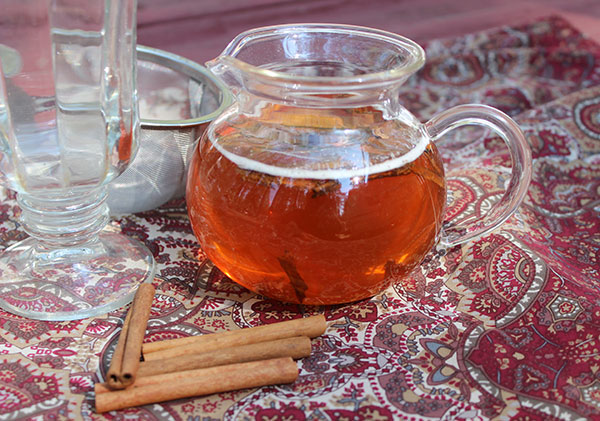
How to Use
Try cinnamon in our golden milk recipe.
Because of its pleasant flavor, cinnamon powder is an easy ingredient to add as an accent to many types of foods, desserts and drinks. There are countless traditional and cultural dishes that incorporate this popular bark-based spice.
For therapeutic use as a digestive aid, it is particularly delicious and effective when prepared as a tea. Cinnamon sticks, chips or powder can be infused in hot water. The whole sticks or chips can also be very low heat decocted (simmered) for 15-20 minutes.
Cinnamon works very well as an adjunct to other herbal tonics and is commonly added to tea decoctions which may include other roots, barks and herbs like ginseng, dendrobium (suk gok), bupleurum, poria, peony, jujube dates, rehmannia, dioscoria and licorice.
Most varieties are quite potent and thus only require small amounts in teas or as a spice ingredient.
One of the keys to using cinnamon powder is freshness. We typically recommend purchasing cinnamon sticks whole in bulk quantities. This will enable you to store it for a longer period of time and, more importantly, will allow you to create freshly ground powders from the whole sticks. While Ceylon varieties grind up relatively easily, cassia cinnamon sticks require the use of a high-speed blending device or grinder to create a fine powder.
Mountain Rose Herbs and Banyan Botanicals are both excellent organic online sources providing either whole sticks, chips or powders.
The brands' Dragon Herbs and Jing Herbs both offer cinnamon in blended encapsulated formulas with poria and other herbs for use as a circulatory supplement.
We use freshly ground cinnamon in our cinnamon rolls, apple-cinnamon granola recipe and root beer tea.
Precautions:
Cinnamon should be avoided by pregnant women because of its stimulating effects. Consult the advice of a medical doctor or healthcare practitioner when taking therapeutic doses if you are diabetic or are taking prescribed medications, especially blood thinners. Avoid daily consumption of cassia cinnamon, particularly in the form of a dietary supplement, if you are sensitive to coumarin or have liver disease or inflammatory liver disorders. Avoid high amounts of straight cinnamon if you are predominantly a Pitta body type.
Shop Related Products (About Affiliates & Amazon Associate Paid Links)
Affiliate Disclaimer: This section contains affiliate product links. If you make a purchase through our recommended links, we receive a small commission at no additional cost to you. Thanks for the support.
